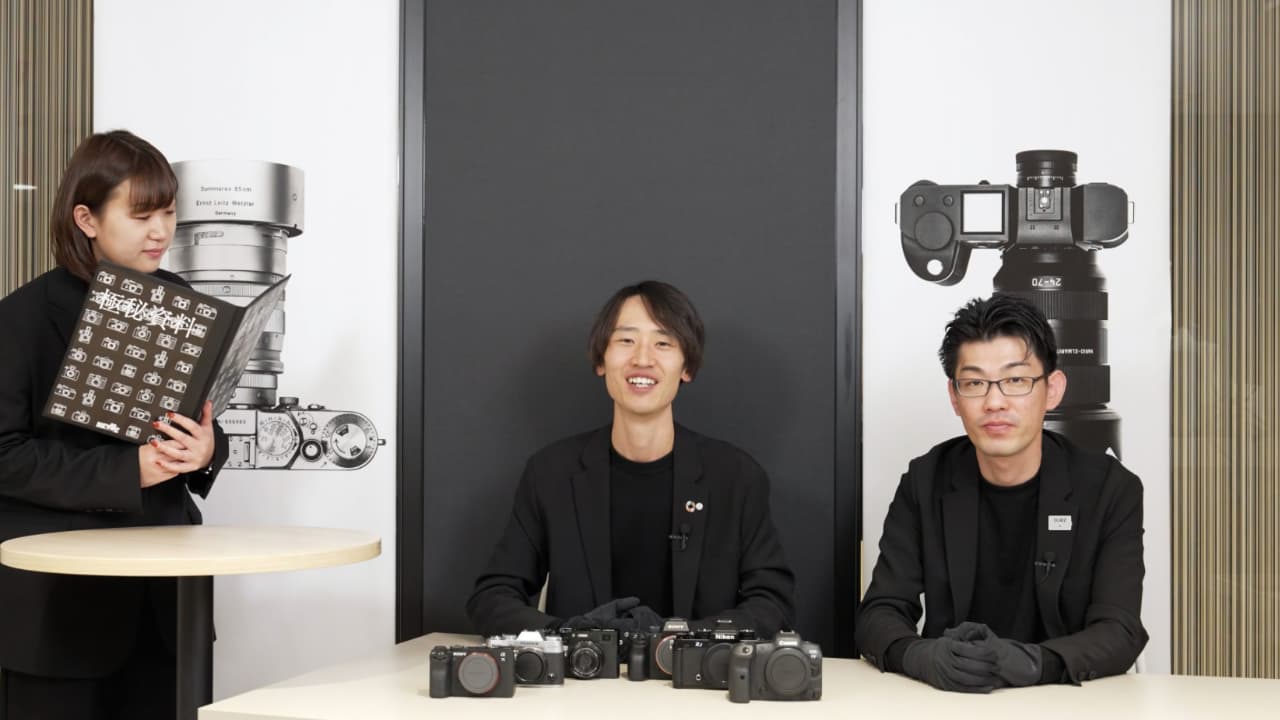I had a Fuji X-S10 (pasm style) first, really liked the camera, but it was not WR and battery life was not that good but ok with a spare. All the time I was eyeing the X-T4, same sensor, but bigger evf and those retro dial approach, WR and bigger better battery. 2 months before my trip to Peru I traded in my X-S10 I had for 2,5 year or so for an 2nd hand X-T4 because jungle, desert and ocean justified having WR (all lenses with me were WR as well). In the end, I didn't care for the dials. I use Aperture priority 95% of the time and auto ISO. So 2 out of 3 dials were already redundant. For me, the upgrade was worth it, better viewfinder (about the same as S5ii), better AF, WR and battery. Downside was the weight increase. Anyway, 3 months later I traded all my Fuji gear in and got my S5ii.
Looking back, I should have traded in my X-S10 for the S5. Lot of pictures were taken in mid sunny daylight with huge DR, and Fuji is not as good in that situation as the S5 is.
I used the free Fuji version of Capture One Pro, and that one is really really good. I actually would rather use C1 Pro then Lightroom as I do now, but those prices are insane for a hobbyist. Photolab was not good at Fuji files, but ok. I got Photolab 6 for my GR3x (changed it later to the GR3 I have now) and that was awesome for the GR3x, but latest updates on PL6 and PL7 gave me horrible experiences, the default profile was so bad that I had to PP every single raw photo from then on. It was even more horrid on S5ii files, so I took my loss and went with Lightroom.
I used the Fuji 16-80/4 WR a lot in Peru, but the 24-105 is WAY better...


 www.redsharknews.com
www.redsharknews.com

